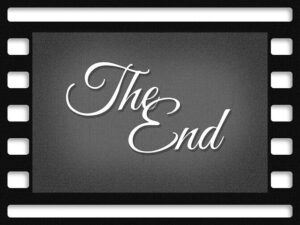Approaches to Writing Endings

Image by Gerd Altmann from Pixabay
How do you know when you’re at the end of your story? How do you wrap it all up neatly and put a bow on it?
This article suggests ten different approaches to endings, which will resonate with different authors.
For some of my stories, I definitely see the end when I get started. I know where the goalpost is, and I just have to proceed toward it (even if it’s not always in a straight line). For others, it’s much harder for me to pin down the ending. This is often when I have a vague idea of “these things should happen, and then ???” So for me, figuring out the ending probably starts at the beginning, so I can set out a road map of what needs to happen to get there. But I’m a plotter/outliner through and through. (And yes, I even write outlines for my short stories. Sometimes even for flash fiction!)
What this tells me is that I should nail down those endings before I get started. And while that seems counterintuitive to people who are discovery writers or pantsers, it makes it easier for me to write the story if I know where it’s going. I still enjoy discovering a twist I didn’t see coming as I’m writing, but when I know the ending, I can evaluate if that twist will work, or if that will require a change to my ending. And nine times out of ten, I don’t want to change my ending. That remaining one time out of ten is when I decide that the twist will give me a new, even better, ending.

Comments